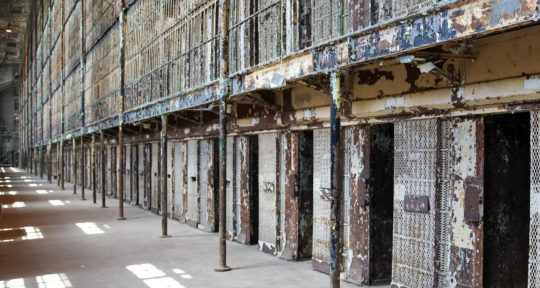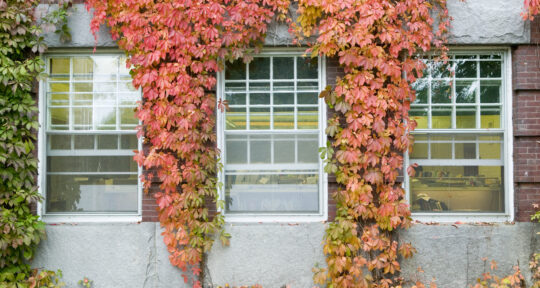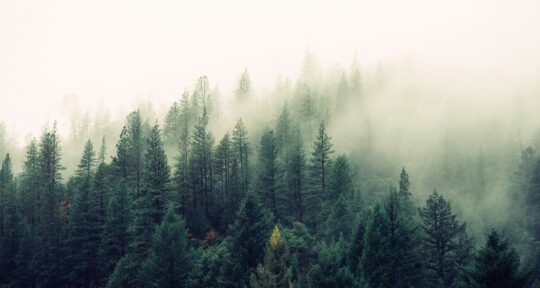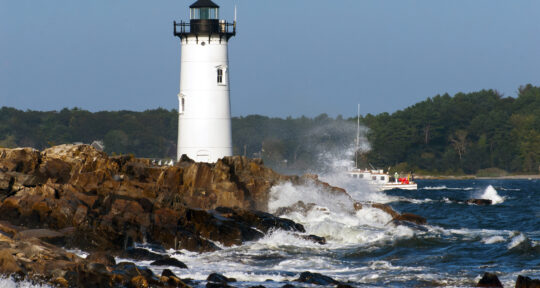When I pick up a new book, I try to decide if the story is worth reading. Are the characters relatable? Is the plot exciting? Typically, I’m not checking whether the book was printed on a letterpress or if the end papers are hand-tipped. At the Book Club of California, however, it’s a very different story.
No longer the exclusive members-only club it once was, the Book Club of California is a non-profit open to the public. It supports the art of bookmaking, typography, design, and literature about California history and the American West. Located in San Francisco’s bustling Union Square neighborhood, the club is housed inside the World Affairs Council Center, a place where people gather to discuss global issues.
The rather unassuming building facade is easy to miss, but walking through the entrance of the wooden double doors on the fifth floor transports visitors back to early 20th-century San Francisco.
Books as art
Thousands of books in glass-doored cabinets line the walls. Victorian-era couches, lamps, and dark wood tables decorate the room, and there’s even a working 19th-century Columbian printing press. A swanky bar that looks like it belongs on the Titanic sits in the corner. This isn’t a coincidence—the club was founded in 1912, the same year the ill-fated ship ended up at the bottom of the Atlantic Ocean. Luckily, the Book Club of California has fared much better.
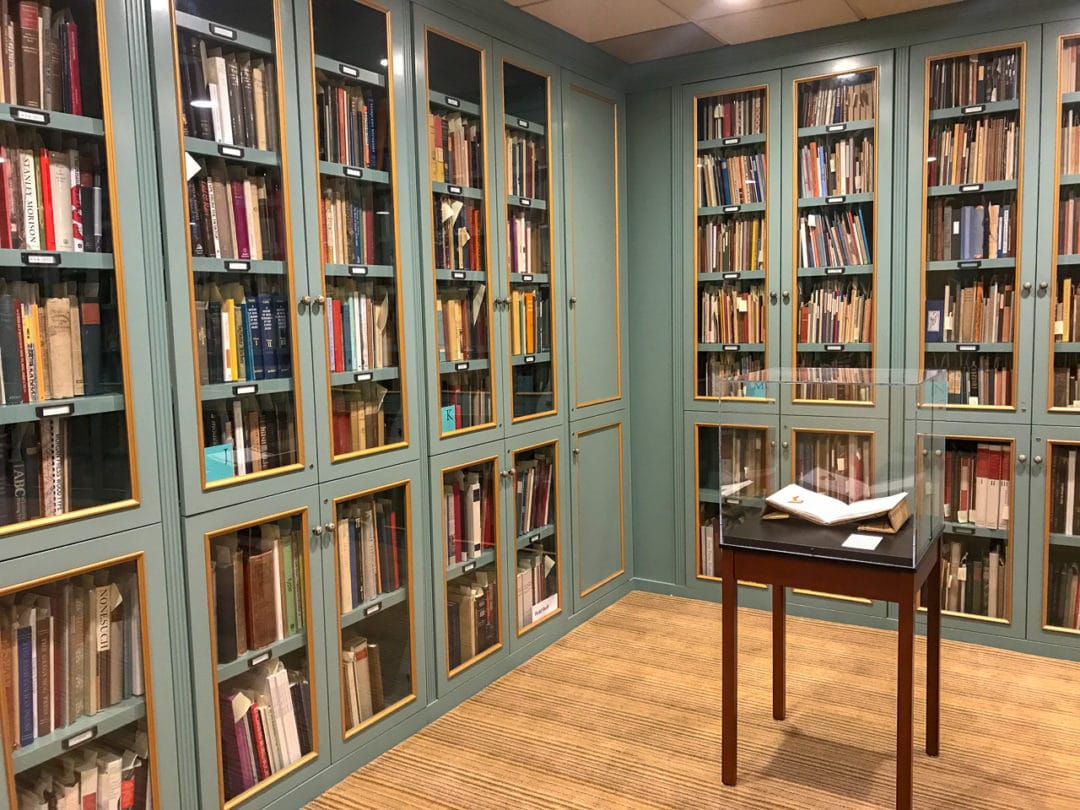
If you love books, this is a happy place.
“There’s a certain quality that the Book Club wants to infuse,” says Katie Walker, membership and operations manager at the club, which has a collection of more than 10,000 volumes. “There’s a lot of detail in how the books are created and members appreciate that quality and care.”
It’s easy to picture yourself curling up with a good book on one of the plush sofas near the fireplace. The room has the coziness and serenity of a library—but the old-fashioned bar is also the perfect setting for socializing over cocktails with other avid readers. In fact, the club hosts multiple cocktail parties each year.
“The book is art itself. We teach people to honor the book as a physical object.”
I’ve always considered myself a book lover, though after admiring the collections on display, I realize I’ve never truly appreciated books as individual works of art. “The book is art itself,” says Walker. “We teach people to honor the book as a physical object.” Walker is much younger than I’d imagined for someone who works at a century-old historical book club. But she’s part of a new generation the club is trying to recruit. To keep bookmaking alive, passing on an appreciation for the art is crucial.
A history of bibliophiles
More than a century ago, the four founders of the Book Club of California—Dr. Edward Robeson Taylor, once-mayor of San Francisco; W. R. K. Young, a book collector and businessman; printer John Henry Nash; and James D. Blake of the West Coast publisher Harper Brothers—approached the president of the Panama-Pacific International Exposition, Charles C. Moore, with an idea for an exhibit at the forthcoming World’s Fair. They wanted to collect and display locally-produced printed ephemera and rare books. Moore was fond of the notion, but requested that the collection come from an organized group instead of the four men alone. That day over lunch, they founded the Book of Club of California.
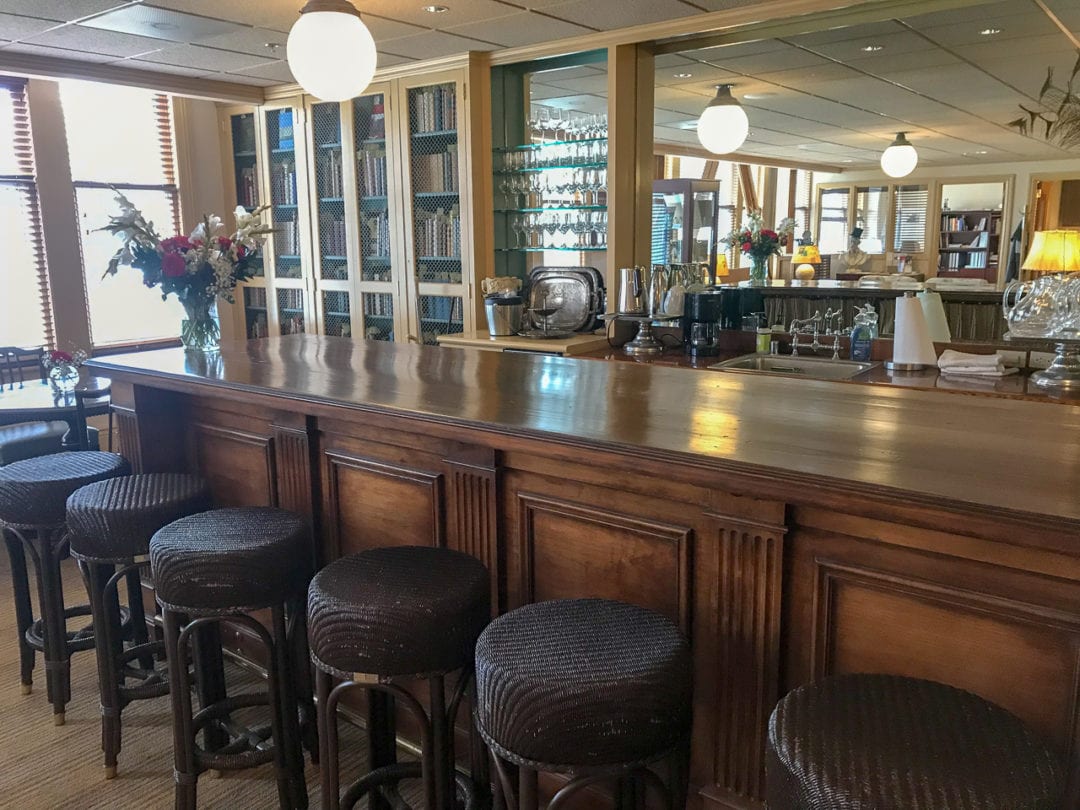
The World’s Fair book exhibit never happened for reasons unknown, but the club has persisted through the decades. It was exclusively for members only until just six years ago. In 2013, the board decided to open to the public so their impressive collection could be shared with local and visiting bibliophiles.
The back room of the club is home to the Albert Sperisen Library, a reference library open by appointment only. The staff librarian, Elizabeth Newsom, is there twice a week to help locate specific texts. In addition to California history, the collection includes books on the art of printing and binding.
The Book Club of California also publishes an average of two books each year. This year’s lineup includes The Life and Times of Jo Mora: Iconic Artist of the American West by Peter H. Hiller and A Shimmer of Joy: One Hundred Children’s Picture Books in America by Chris Loker. Last year’s Mallette Dean: A Printmaker and His Art by John T. Hawk is available to purchase online. The regular edition is $285 and the deluxe is $1,200—but you’re not paying for the book’s content alone. To the club, each volume is a work of art.
A community
Unlike many other early 20th century clubs and organizations, the Book Club of California has always been open to women. Belle McMurtry, a local San Francisco bookbinder, became one of the club’s first female members in 1915. She married founder W. R. K. Young and as a wedding gift to him, McMurtry bound a book printed by fellow founder John Henry Nash.
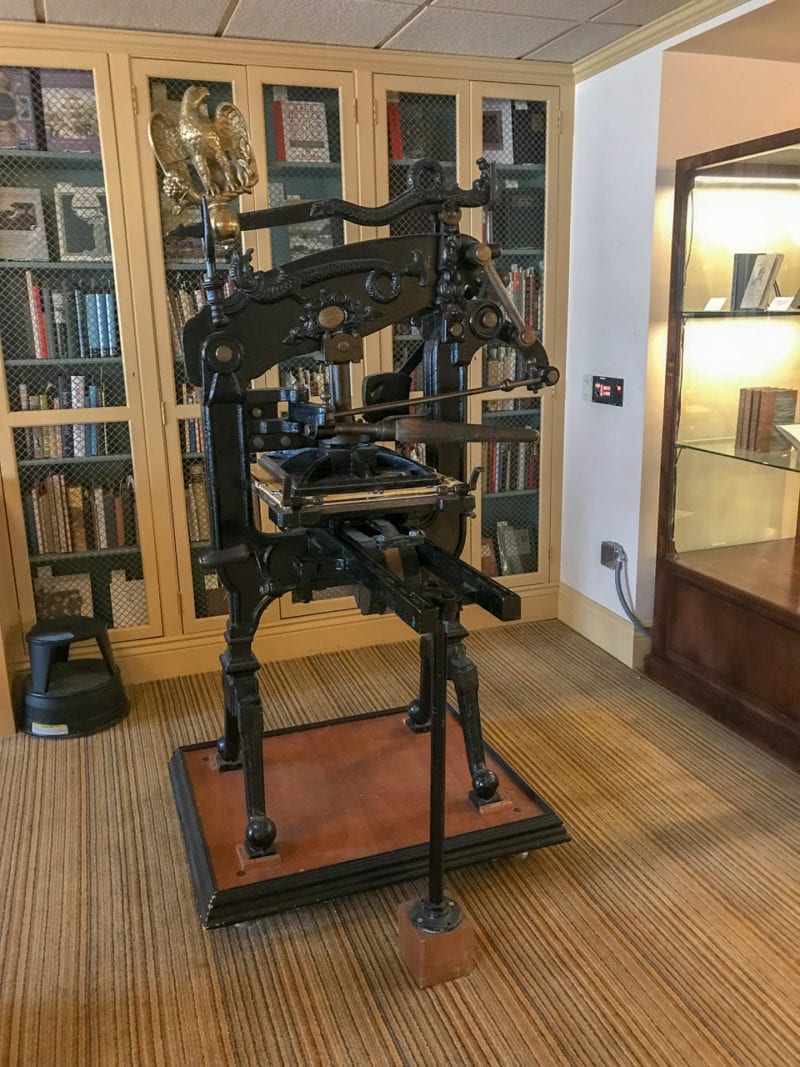
McMurtry was first in a long line of San Francisco bookbinders who used the French tradition, which involves paring and covering the book in full calfskin. One of her students, Florence Walter, became the first female president of the Book Club of California in 1952. Walter was a prominent French-style bookbinder in San Francisco and was especially known for her unique binding of James Joyce’s epic Ulysses, illustrated by Henri Matisse. When she died in 1972, her family donated her impressive book collection to Mills College in Oakland.
Membership to the Book Club of California costs $95 annually ($25 for students). This gets you reduced pricing on events, a subscription to the club’s letterpress-printed newspaper, the Quarterly, and discounts at partnered San Francisco hotels and restaurants.
But non-members can enjoy many of the perks the club has to offer too, including exhibits, lectures, and events related to bookmaking, literature, and California history. The current exhibit at the club features books issued by the Zamorano Club, California’s oldest organization of manuscript collectors.
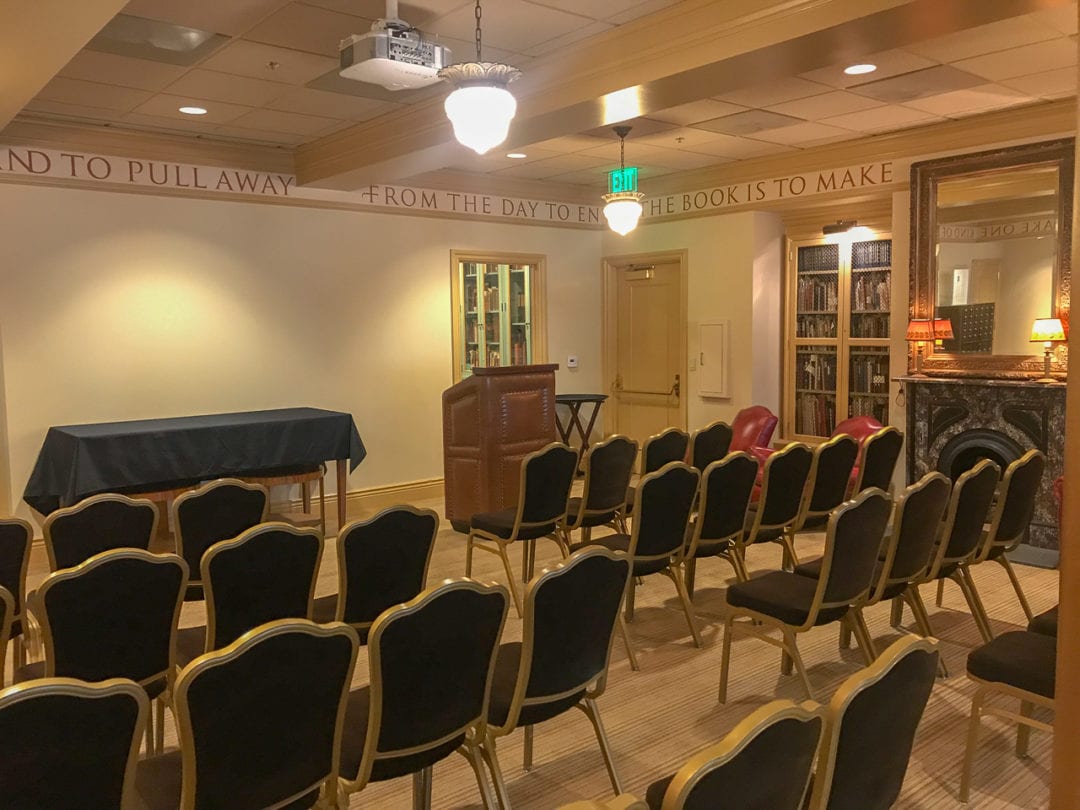
New members aren’t just joining a club. “They’re joining a community,” Walker says. “Even if they’re far away, we connect them with [members] close to them.” Today, the club has roughly 700 members, mostly in California but across the country as well. There aren’t many people committed to creating books this way, “but they’re continuing a tradition,” Walker says.
If you go
The Book Club of California is open Monday, Wednesday, and Friday from 10 a.m. to 5 p.m. and Tuesday and Thursday from 12 p.m. to 3 p.m. Clubrooms are open to members for reading and quiet study from 12 p.m. to 3 p.m., subject to availability. Most public programs are held Monday evenings from 5 p.m. to 7 p.m.


